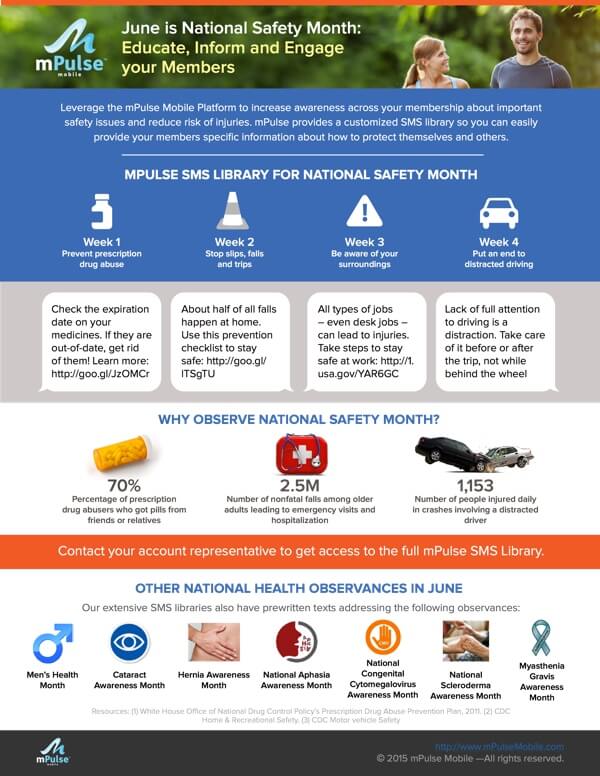LOS ANGELES — August 9, 2023 mPulse Mobile, a leader in conversational AI and digital engagement solutions for the healthcare industry, today announced that it was named by Gartner in its “Hype Cycle for U.S. Healthcare Payers, 2023” report as a Sample Vendor in both the Consumer-Centric Health Products and Community Resource Network Management categories. These categories help “connect members to the broader healthcare ecosystem” and “[close] health disparities and advance health equity,” respectively.
This recognition marks the second consecutive year mPulse Mobile has been identified as a Sample Vendor for the Consumer-Centric Health Products category—a market segment providing solutions that “encourage early and ongoing health and wellness engagement.” . As per Gartner, the years to mainstream adoption for the category is ‘two to five’ years with benefit rating as ‘transformational’.
This Hype Cycle identifies and describes key capabilities payers must adopt to overcome a particularly volatile business and societal environment while staying on target to achieve enterprise goals. Though health plans have historically seen slow progress in digitalization efforts, the disruption they have been experiencing since 2020 has led to an urgent demand for new technologies to create efficiencies and drive competitiveness in the market. We believe mPulse Mobile’s inclusion in the report demonstrates the company’s expertise and technology can support the significant transformational strategies being implemented by leading health plans.
“We are honored to be identified as a Sample Vendor for two categories in 2023 Gartner Hype Cycle for U.S. Healthcare Payers,” said Bob Farrell, CEO of mPulse Mobile. “We believe the dual recognition within two important categories demonstrates mPulse Mobile’s ability to impact the broader healthcare ecosystem and deliver innovative solutions at scale that address potential barriers to improve access to care and resources. We work with over 200 healthcare organizations who leverage our digital solutions to focus on these strategies, and it is clear that when healthcare organizations invest in the right technologies, they can deliver outcomes that provide value to members and consumers, improve health outcomes while increasing profitability.”
Learn more about how mPulse Mobile transforms member and patient engagement on our website or at the upcoming annual conference, Activate 2023, where industry leaders will gather to discuss actionable health equity and digital health engagement strategies. Activate 2023 registration is free for health plans and healthcare organizations.
View the full press release here »
Gartner, Hype Cycle for U.S. Healthcare Payers, 2023, Mandi Bishop, Connie Salgy, and 1 more, 10 July 2023
Gartner is a registered trademark and service mark and Hype Cycle is a registered trademark of Gartner, Inc. and/or its affiliates in the U.S. and internationally and are used herein with permission. All rights reserved.
Gartner does not endorse any vendor, product or service depicted in its research publications, and does not advise technology users to select only those vendors with the highest ratings or other designation. Gartner research publications consist of the opinions of Gartner’s research organization and should not be construed as statements of fact. Gartner disclaims all warranties, expressed or implied, with respect to this research, including any warranties of merchantability or fitness for a particular purpose.
Gartner, Hype Cycle for U.S. Healthcare Payers, 2023, Mandi Bishop, Connie Salgy, and 1 more, 10 July 2023
Gartner is a registered trademark and service mark and Hype Cycle is a registered trademark of Gartner, Inc. and/or its affiliates in the U.S. and internationally and are used herein with permission. All rights reserved.
Gartner does not endorse any vendor, product or service depicted in its research publications, and does not advise technology users to select only those vendors with the highest ratings or other designation. Gartner research publications consist of the opinions of Gartner’s research organization and should not be construed as statements of fact. Gartner disclaims all warranties, expressed or implied, with respect to this research, including any warranties of merchantability or fitness for a particular purpose.












